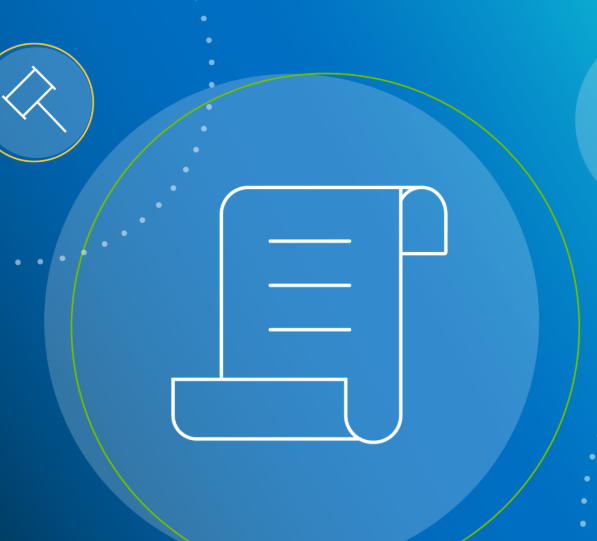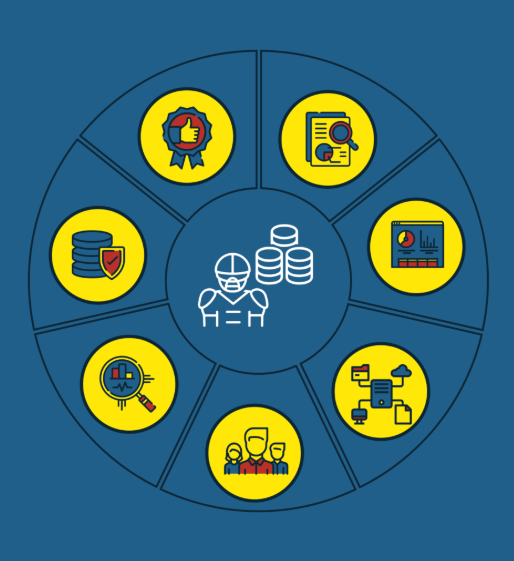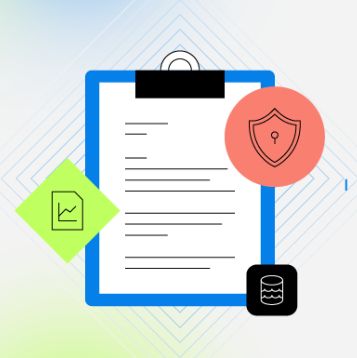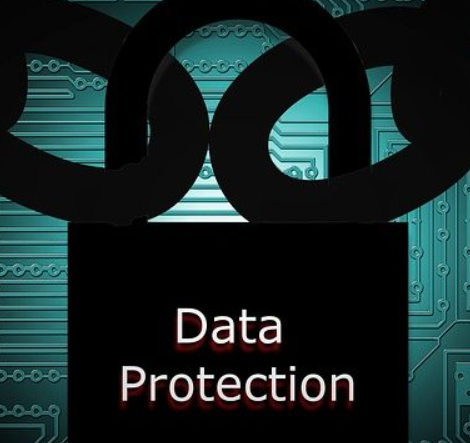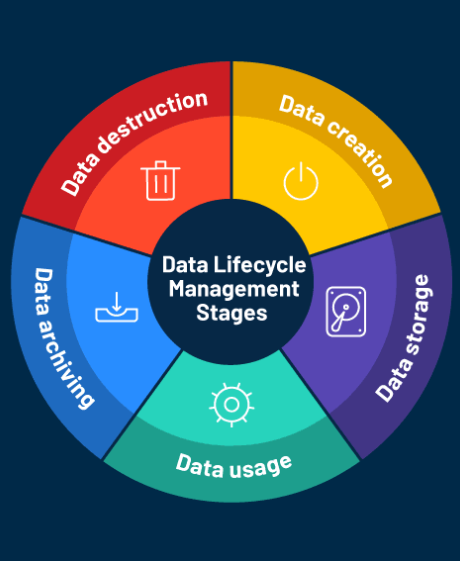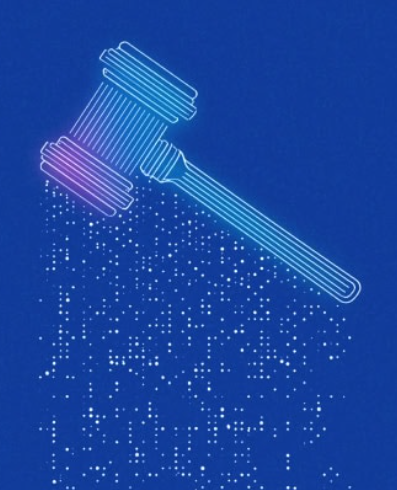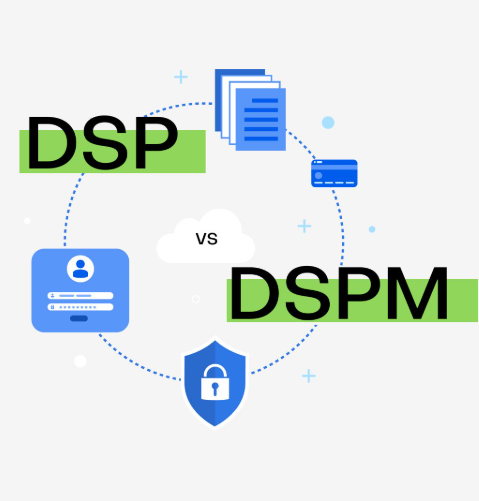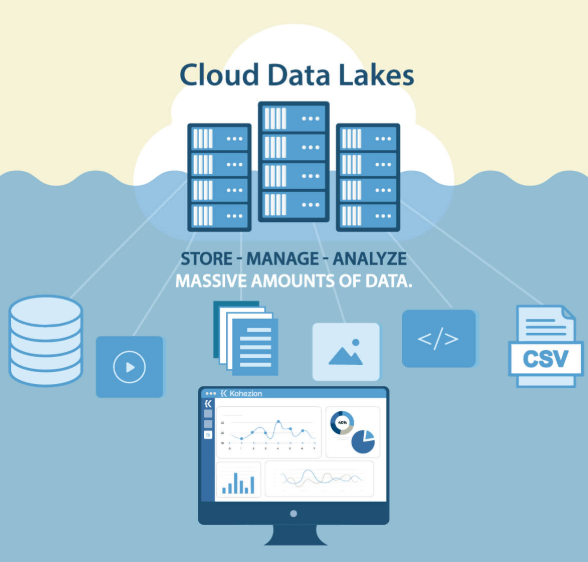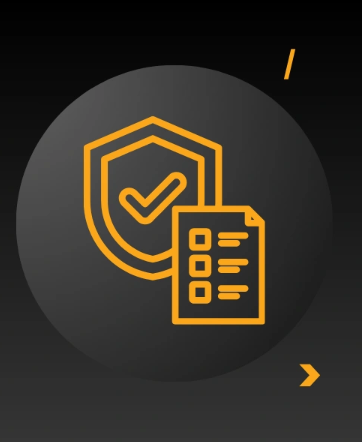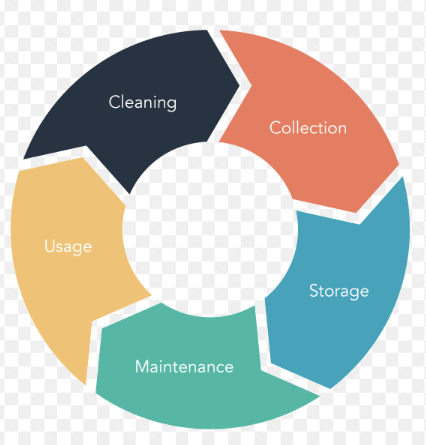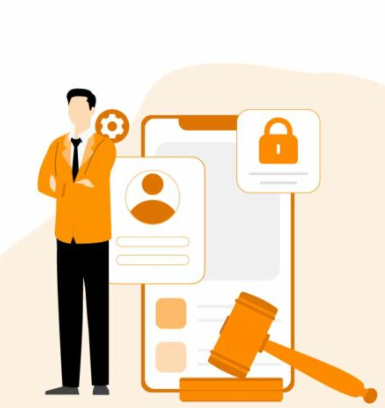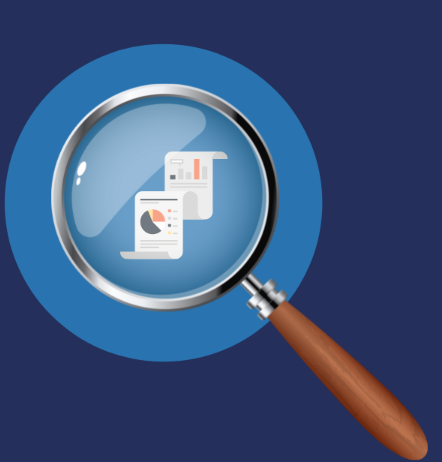
As the digital world continues to evolve, data has become a crucial asset for organizations. However, this comes with increased risks, particularly in light of the surge in cyberattacks, which have grown by 300% since the start of the COVID-19 pandemic. The need for strong data protection is now more important than ever. Along with data collection and storage, managing this information effectively is key. One of the most important practices in data management is data minimization, which focuses on limiting the collection and retention of unnecessary personal data.
But what does data minimization really mean? How does it relate to GDPR? And why should your organization focus on compliance? In this blog, we’ll explore these questions and provide practical insights on how to manage data in a way that complies with regulations while also safeguarding sensitive information.
What is Data Minimization?
Data minimization refers to the practice of limiting the amount of personal data an organization collects, processes, stores, and retains. The goal is to reduce the scope of personally identifiable information (PII) collected to only what is necessary for specific purposes.
The introduction of GDPR in 2018 by the European Union emphasizes this principle. Under GDPR, businesses are required to collect only the essential amount of personal data needed for a clear and legitimate purpose. By anonymizing or pseudonymizing sensitive data whenever possible, businesses can continue to operate effectively while staying compliant with GDPR regulations.
Why Data Minimization is Crucial
Data minimization offers several significant benefits, extending beyond regulatory compliance:
- Risk Reduction: Limiting the amount of personal data you collect can drastically reduce the risks associated with data breaches. Less data means fewer opportunities for financial loss, reputational damage, and legal consequences. According to IBM’s 2020 Cost of a Data Breach report, the average global cost of a data breach is $3.86 million. Reducing your data footprint helps mitigate these financial risks.
- Enhanced Privacy Protection: Customers are becoming more conscious of how their personal data is handled. Implementing strong data minimization practices shows your commitment to privacy, helping build trust with your customers.
- Cost Savings: Storing and maintaining large volumes of data comes with associated costs. By collecting only what’s necessary, you can save on storage, processing, and security costs, and redirect these savings towards other areas of business growth.
How to Achieve Compliance with Data Minimization
To comply with data minimization principles and ensure your organization handles data responsibly, follow these steps:
- Assess the Personal Data You Really Need: Begin by auditing the personal data you collect. Determine which data is essential for your business objectives and eliminate anything that is unnecessary.
- Establish Clear Data Collection and Retention Policies: Define what types of data should be collected, how long it should be retained, and when it should be securely deleted or anonymized. Regularly review these policies to ensure they align with both business needs and regulatory requirements.
- Use Security Measures Like Encryption and Pseudonymization: Protect sensitive data using encryption, tokenization, or pseudonymization. These techniques help secure personal data while allowing for analysis or processing without exposing direct identifiers.
- Educate Your Employees: Ensure that employees understand the principles of data minimization and the importance of safeguarding personal information. Foster a culture of privacy awareness and responsibility within your organization.
- Regularly Monitor Data Processes: Continuously evaluate how personal data flows through your organization. Look for instances of unnecessary data collection or retention and correct them before they lead to compliance issues.
- Conduct Routine Data Audits: Regular audits will help identify unnecessary or outdated personal information that can be deleted or anonymized to minimize risk and ensure compliance.
- Implement Privacy-by-Design: Incorporate data minimization principles at every stage of product or service development. By designing privacy into your systems from the outset, you ensure that only the minimum amount of personal data is collected.
- Leverage Privacy-Enhancing Technologies (PETs): Explore tools that allow for effective data analysis without revealing sensitive personal details. For example, differential privacy techniques enable statistical analysis without compromising individual privacy.
- Use Secure Cloud Storage: If your organization uses cloud services, ensure the provider follows stringent security protocols and offers encryption to protect data from unauthorized access.
- Update Consent Mechanisms Regularly: Review and update your consent processes to ensure they comply with current regulations and provide clear options for individuals to approve the data you collect.
Staying Compliant and Secure
Maintaining compliance with data minimization principles, particularly under regulations like GDPR, requires constant vigilance. Companies must integrate this practice into their operations, including technology infrastructure and data management practices.
Congruity360 offers specialized solutions to help organizations comply with data minimization guidelines. Their platform provides advanced data governance and automated workflows tailored to meet GDPR requirements. With Congruity360, businesses can map their data landscape, identify areas of non-compliance, and minimize data collection and storage risks effectively.
By leveraging Congruity360’s expertise in data security and governance, businesses can ensure they are not only compliant but also build trust with customers by protecting their personal data.




